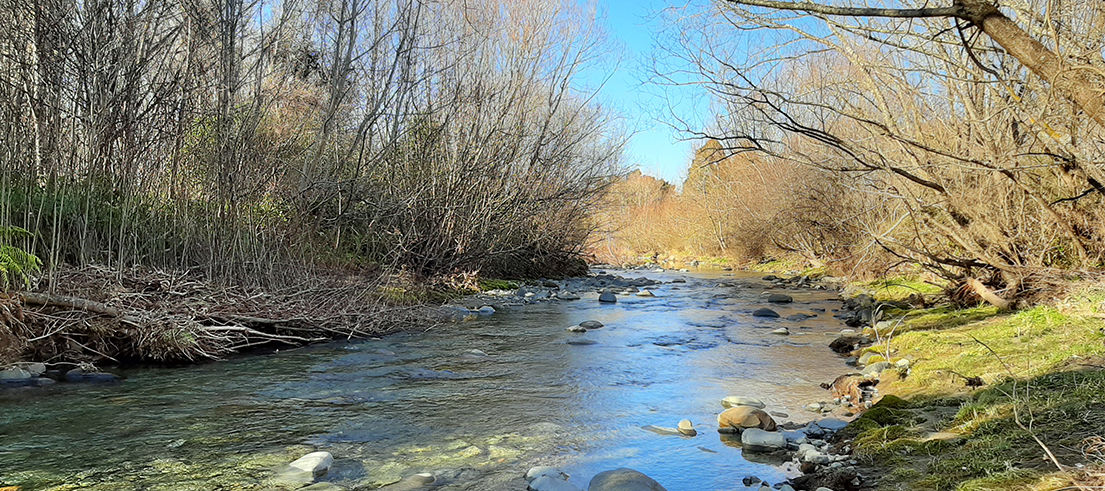
Waihi River locals protect native biodiversity
The Waihi River is flourishing thanks to local men Steve Dakin, Robbie Stewart, Jimmy Wallace and David Waddington.

The four friends have adopted a hands-on approach to defending a significant natural area right on their doorstep.
The merry men meet each week with shovels and secateurs in hand and head in the direction of the river down homemade paths, to "gardens" full of natives.
In the gardens they spend hours volunteering in the wintry conditions of South Canterbury knocking out invasive weeds like sycamores, re-planting natives and laying traps for pests.
The gardens weren’t always full of natives though. Just two years ago the whole corridor was full of invasive and fast-growing weeds and pests.
Funding from Environment Canterbury a few years ago meant their pipe dream of paying a contractor to remove a good portion of the sycamores became a reality.
In one fell swoop, the space leftover meant there was finally room for native flora and fauna to flourish.
Saving native biodiversity
Some of the team do it to get out of the house for a few hours, and some for the exercise.
But they all agree on one thing - without their intervention, invasive weeds would take over the area completely, leaving precious tōtara, ferns and cabbage trees to be overwhelmed and die.
In all, around 1600 natives have been planted by contractors and Dakin's team in the past two years, with many more seeding themselves with the help of kererū in the rejuvenated gardens along the river.
"What we're trying to do now is create a biodiversity corridor on the banks of the Waihi that will connect up some of the significant natural areas that we've got locally," Mr Dakin said.
"It's a fantastic piece of the world. The birdlife is just wonderful. Last season I counted a flock of 30 kererū through here, and we've now got tui coming back as well. We're very blessed.
"We've just got a core group of three or four of us, which we're hoping to expand, and we just get together on a Tuesday morning for a few hours and maintain the tracks we've put in.
"We also do a bit of what we call gardening, which is basically if we find a native, we try and make the conditions around it suitable to grow. So, making sure it has light, and not crowded out by other nasties," he said.
Next steps for the corridor
Their job isn't done yet, Dakin said. Once the sycamore problem is contained the group will move on to what they see as a "major" cotoneaster infestation.
"As we get all of those under control it will make it easier for the natives to grow through," Mr Dakin said.
"This is a biodiversity hotspot in South Canterbury and if we don't look after them, they will go, to invasive plants and other things.
"We'll be, as a group, trying to get other people around the region involved. Because there's no shortage of work to be done and no shortage of fun to be had," he said.
But with a $12,200 backing from Environment Canterbury's biodiversity funding the crew will look to extend the weed control area further downstream, set more predator traps, and fencing for stock exclusion.
